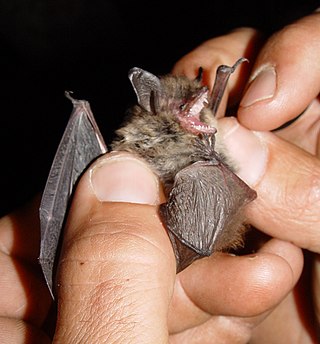
The mouse-eared bats or myotises are a diverse and widespread genus (Myotis) of bats within the family Vespertilionidae. The noun "myotis" itself is a Neo-Latin construction, from the Greek "muós and "oûs", literally translating to "mouse-eared".

The red myotis is a vesper bat species found in Argentina, Brazil, Paraguay and Uruguay.

The Far Eastern myotis or bombinus bat is a species of mouse-eared bat found in East Asia. It is widespread but uncommon across the Korean Peninsula, and spends the winter hibernating in caves.

The Anjouan myotis is a species of vesper bat. It is found only in Comoros.

The fringed long-footed myotis is a species of vesper bat in the family Vespertilionidae. It is found in China, Taiwan and Hong Kong.
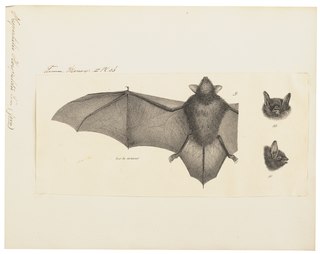
Horsfield's bat is a species of vesper bat. It is found in China, India, Indonesia, Malaysia, Myanmar, the Philippines, Thailand, and Vietnam.

The pallid large-footed myotis or Philippine large-footed myotis is a species of vesper bat. It can be found in the following countries: Malaysia and Philippines. It is found in caves and arable land.

Morris's bat is a species of vesper bat in the family Vespertilionidae. It is found in Ethiopia and Nigeria. Its natural habitats are dry savanna, moist savanna, caves, and subterranean habitats.
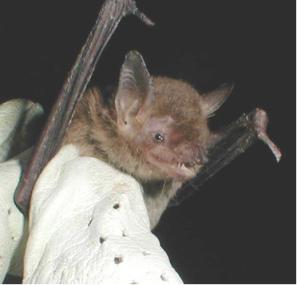
The cave myotis is a species of vesper bat (Vespertilionidae) in the genus Myotis.
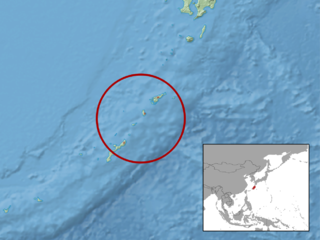
The Yanbaru whiskered bat(Myotis yanbarensis) is a species of vesper bat in the genus Myotis.

Myotinae is a subfamily of vesper bats. It contains three genera: Eudiscopus, Myotis, and Submyotodon. Before the description of Submyotodon and analysis of its phylogenetics, as well as a phylogenetic analysis of Eudiscopus, the only member of Myotinae was Myotis.
Kock's mouse-eared bat is a species of mouse-eared bat found in the Republic of the Congo.

The Bocharic myotis or Bokhara whiskered bat is a species of mouse-eared bat in the family Vespertilionidae, described in 1950, and indigenous to Tajikistan, and Uzbekistan.

The large myotis is a species of vesper bat. It is found in central and southeast China, Hong Kong, Myanmar, Thailand, and northern Vietnam. It is also expected to occur in northern Laos, but not yet documented there.

The Nepal myotis is a vesper bat of genus Myotis.

David's myotis is a species of microbat in the Vespertilionidae family native to China, Mongolia, Kazakhstan, and Russia. First identified in 1869 by Wilhelm Peters, it is similar in morphology to species like M. mystacinus, M. ikonnikovi, M. brandtii, and M. sibiricus. It was previously considered to be a subspecies of the whiskered bat.

The Chinese water myotis is a species of vesper bat. It is native to eastern India, Vietnam and China where it is found in forest habitats. It is believed to roost in caves and hollow trees.
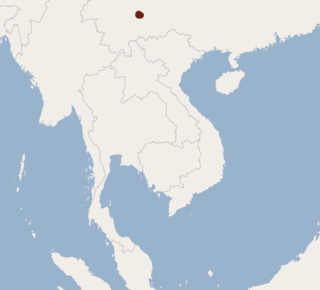
The chestnut myotis is a species of mouse-eared bat in the family Vespertilionidae. It is found in South Asia.

Myotis indochinensis, commonly known as the Indochinese mouse-eared bat, is a species of cave-dwelling bat in the family Vespertilionidae. It is found in Vietnam and China.

Myotis annatessae is a recently described species of bat in the family Vespertilionidae. It is endemic to Vietnam and Laos.



















